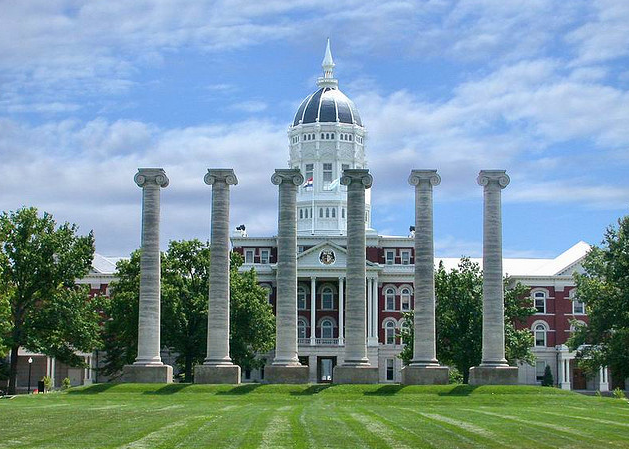REU 2021
Program Overview:
The 2021 REU program is funded by the NSF and designed to bring together undergraduate students from different universities to work together on research projects. At the end of the ten week program, each project group prepares a poster, a research paper, and a final presentation.Program duration: 5/24/2021 (Monday) - 7/30/2021 (Friday)
Faculty mentors:
Dr. Prasad Calyam is an Associate Professor in the Electrical Engineering and Computer Science Department. He also serves as the Director of MU’s Cyber Education, Research and Infrastructure Center. He is an expert in computer networking, cloud computing, cyber security, multimedia applications, and network measurement. He has published over 140 peer-reviewed publications in reputed conferences and journals, and has led development of several open-source software packages. He has graduated 4 PhD students, supervised 5 Postdocs, and he is currently supervising 4 PhD students. He has recruited, funded and mentored over 50 graduate students and 40 undergraduate researchers. He is a Senior Member of IEEE. His research sponsors include: NSF, DOE, ARL, VMware, Cisco, Dell, Verizon, IBM, Huawei, Internet2, and others.
Dr. Yi Shang is a Professor and the Director of Graduate Studies in the Electrical Engineering and Computer Science Department. He has extensive research experience on wireless sensor networks, mobile computing, and artificial intelligence, and has published over 190 journal and conference papers and received 6 patents. He has graduated 9 Ph.D. students and over 60 M.S. students and supervised over 50 undergraduate researchers. He is currently supervising 9 Ph.D., 5 M.S., and 3 undergraduate students. His research has been supported by NSF, NIH, US Army, DARPA, Microsoft Research, Raytheon and Missouri Dept. of Conservation. He helped coordinate previous REU programs as a faculty mentor and Program Director.
Dr. Marjorie Skubic is a Professor and the Director of the MU Center for Eldercare and Rehabilitation Technology (CERT), with projects funded by the NSF, NIH, NLM, AHRQ, and U.S. Administration on Aging. Several CERT projects have focused on monitoring older adults through a network of sensors placed in the home including PIR motion sensors, a bed sensor that captures pulse, respiration, and sleep restlessness, and gait analysis systems using Kinect depth cameras, webcams, and radar. She has published over 250 papers, currently supervises 10 graduate students, and graduated 12 Ph.D. students, 28 M.S. students, and worked with over 150 undergraduate researchers. Many have continued on with graduate studies.
Dr. Kannappan Palaniappan is a Professor in the Electrical Engineering and Computer Science Department. He is a Director of Computational Imaging & VisAnalysis (CIVA), with projects funded by NSF, Army Research Lab, Air Force Research Laboratory, NASA, and NIH. He served as a National Academies Jefferson Science Fellow and received the NASA Public Service Medal. His research covers computer vision, high performance computing, data science and biomedical image analysis. He has published over 250 peer-reviewed publications. He is currently supervising 8 Ph.D. students and 2 Research Scientists, and has mentored over 15 PostDocs, 11 PhD students, 27 MS students and over 30 undergraduate students.
Evaluator, Dr. Jane Howland is a Teaching Professor and the Learning Technologies Program Director for the School of Information Science & Learning Technologies. She is currently working with 6 Ph.D. students and advises all Master's and Educational Specialist students in the Learning Technologies’ Online Education emphasis area. In her role as Learning Technologies Program Director, she is responsible for data collection, analysis, and program evaluation.
Graduate Student Coordinator:

Email: neupaner@missouri.edu
Phone: +1 (720)690-5853
Student Researchers:
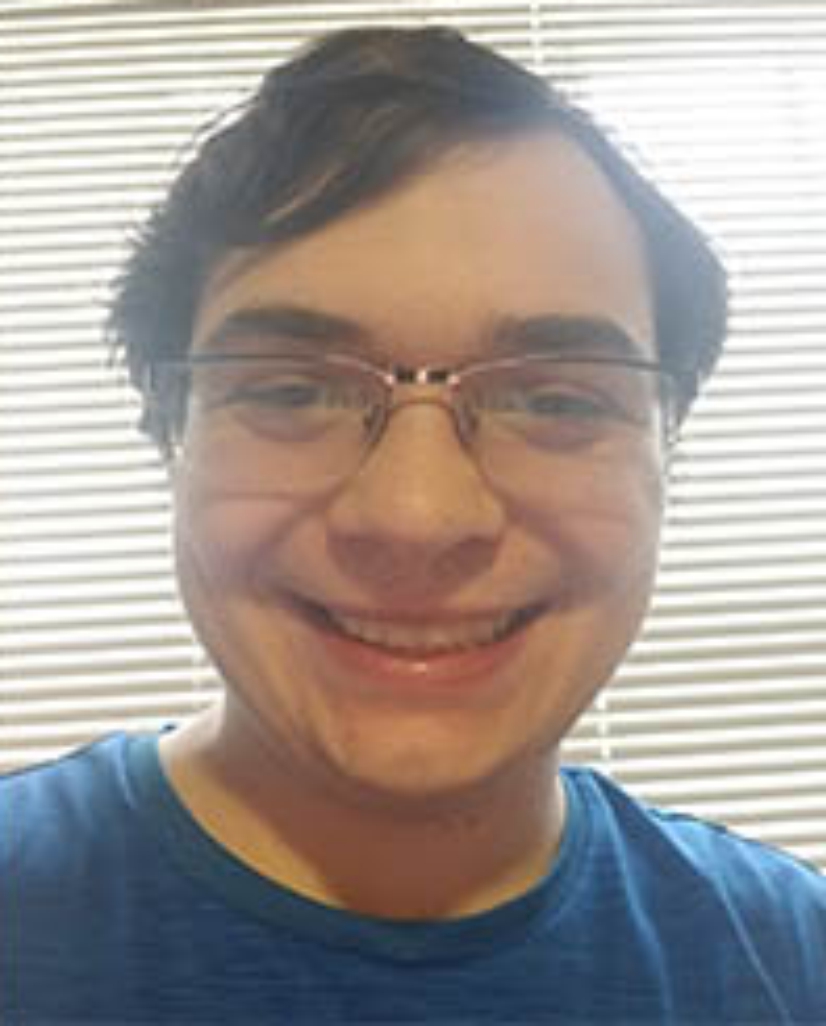
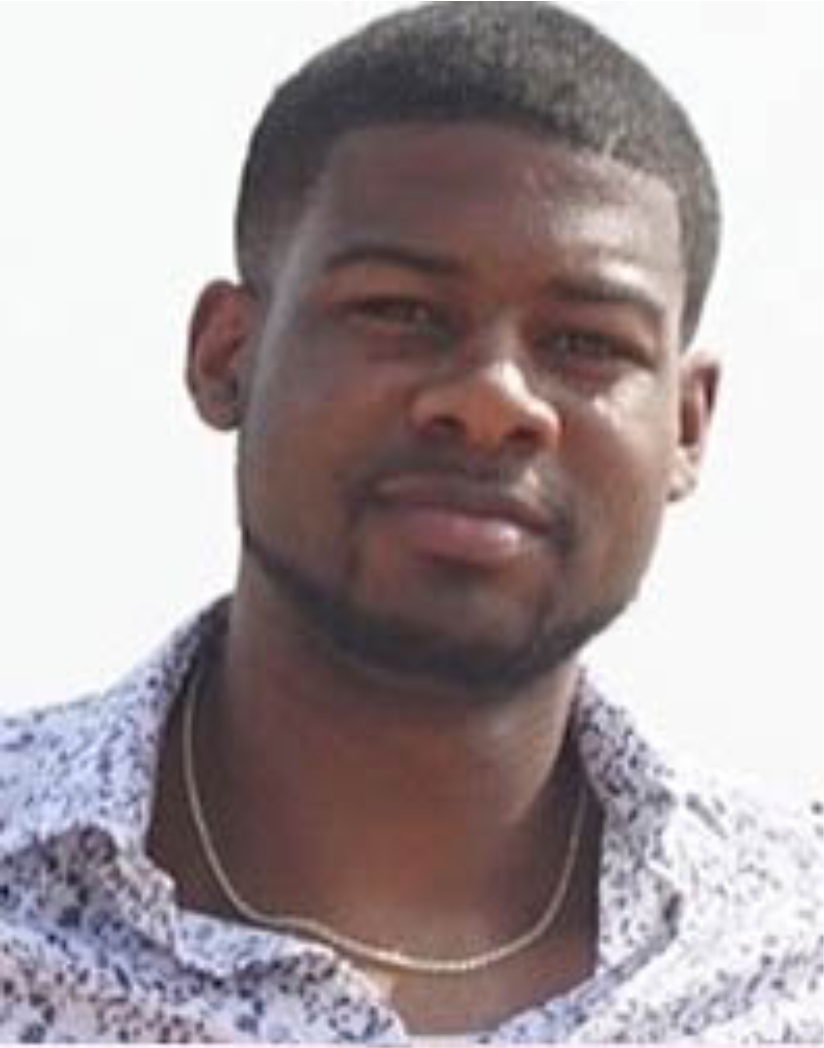

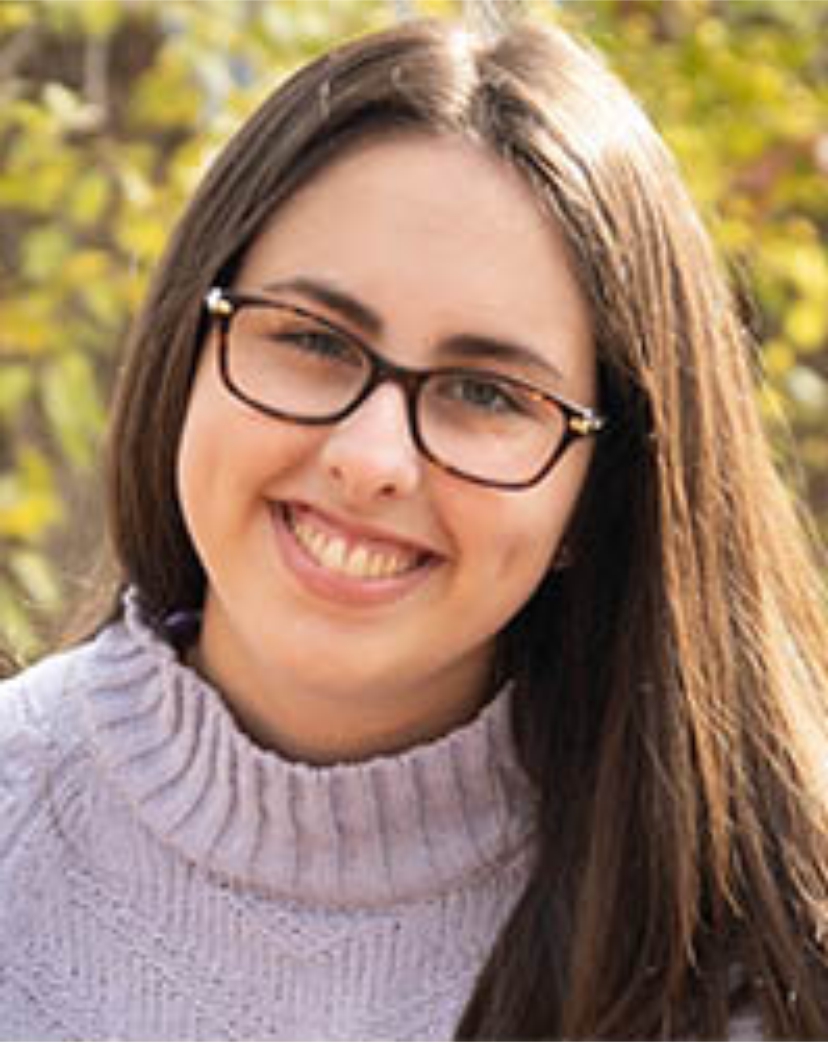

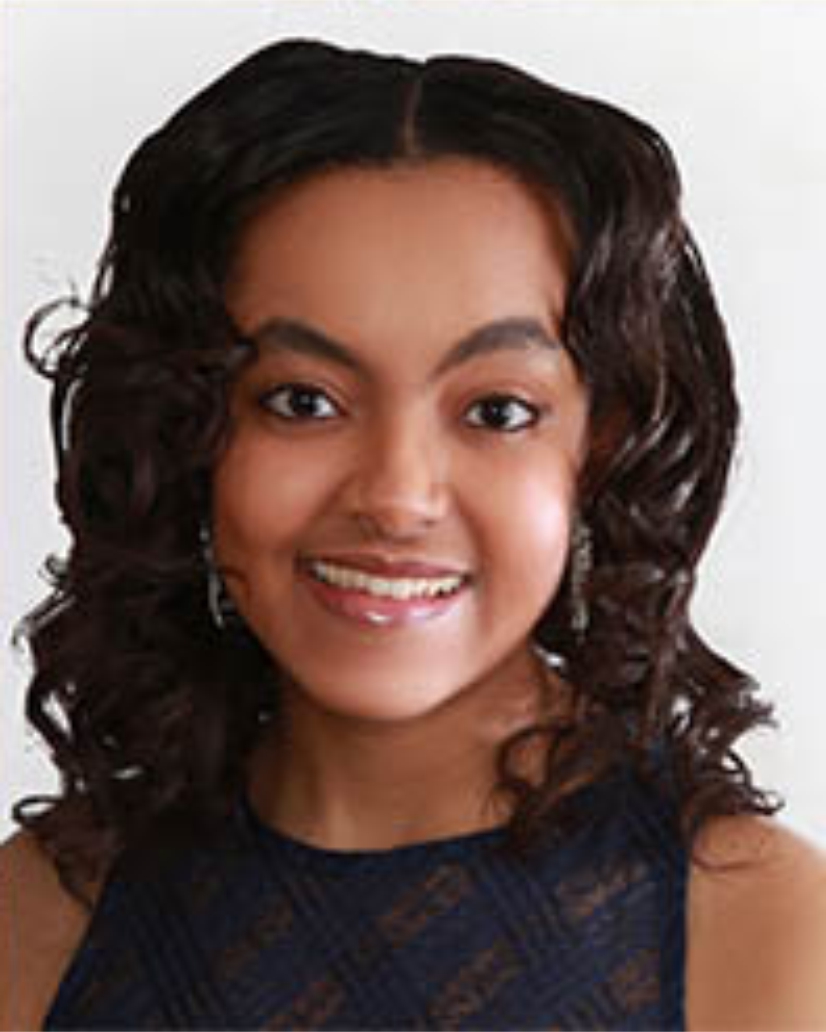

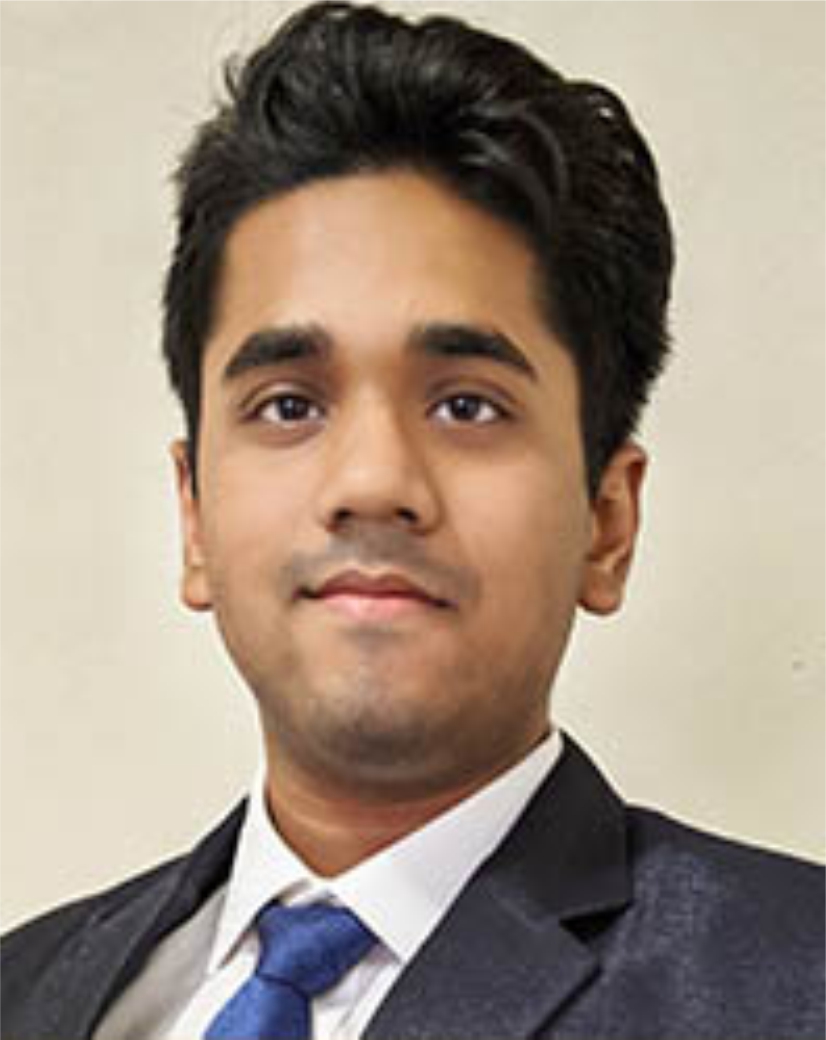
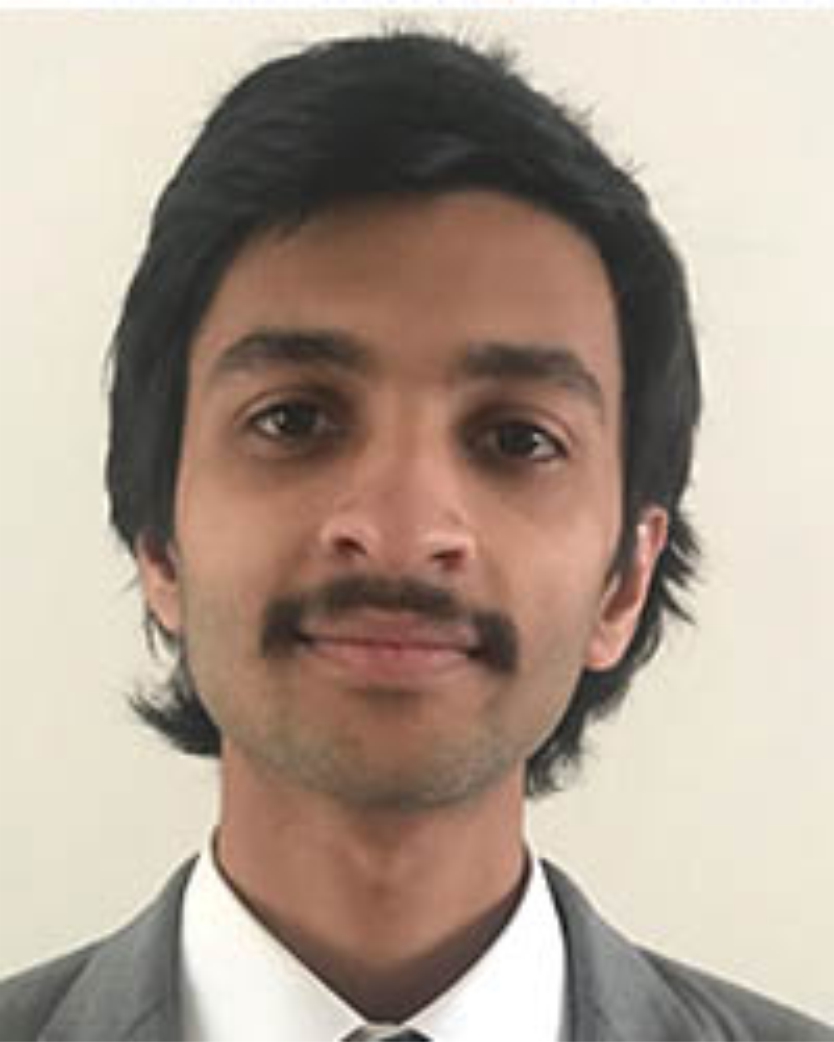
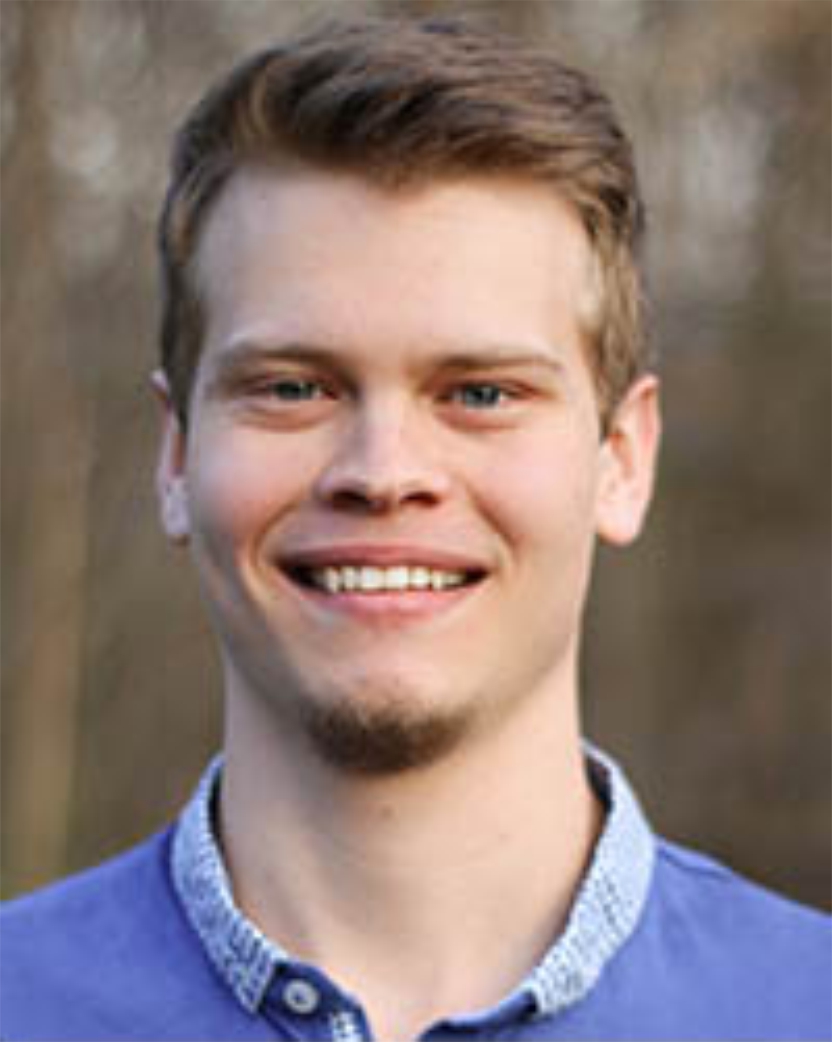
Program Schedule:
- MTuWThF: 8 hours, 9am-12pm and 1-6pm virtually.
- You are required to sign up a time sheet posted virtually every day.
- Use the Microsoft Teams channel to interact virtually with the REU Site group.
Weekly program meeting:
Tuesday, 10-12pm or 2-4pm, via Zoom. All mentors are welcome to attend.
Weekly research journal of each team due: 5pm every
Friday
- report daily research activities.
Schedule
| DATE | TIME | ACTIVITY |
|---|---|---|
|
5/24 Monday |
10:00 am - 10:30 am
10:30 am - 11:00 am 11:00 am - 12:30 pm 3:00 pm - 4:00 pm 4:00 pm - 5:00 pm |
Orientation & Welcome
Student Introductions REU Project Presentation by REU mentors Project Team Assignments Pre-survey, paperwork, self-study |
|
5/25 Tuesday |
9:00 am - 10:30 am
2:00 pm - 4:00 pm |
Why & how to do research by Dr. Calyam
a) How to read and write research papers b) How to prepare and give a technical presentation c) Computer science ethics. IRB training. by Dr. Shang |
|
5/26 Wednesday |
3:00 pm - 4:30 pm | Software Defined networking by Dr. Calyam |
|
5/27 Thursday |
3:00 pm - 4:30 pm | Eldercare and Rehabilitation Technology for Better Health by Dr. Skubic |
|
6/1 Tuesday |
10:00 am - 12:00 pm
2:00 pm - 3:00 pm |
Weekly program meeting - Team project presentation
(project goals, milestones, OKRs, initial literature
survey results). All graduate mentors are encouraged to
attend.
led by Dr. Shang Dr. Shang Tech Talk |
|
6/8 Tuesday |
10:00 am - 12:00 pm 2:00 pm - 3:00 pm |
Weekly program meeting led by Dr. Calyam Dr. Calyam Tech Talk |
|
6/9 Wednesday |
10:00 am - 11:30 am | Computational Imaging & VisAnalysis by Dr. Pal |
|
6/10 Thursday |
1:00 pm - 3:00 pm |
MU Data Center Virtual Tour (Bill McIntosh) |
|
6/15 Tuesday |
10:00 am - 12:00 pm 2:00 pm - 3:00 pm |
Weekly program meeting led by Dr. Pal Dr. Pal Tech Talk |
|
6/17 Thursday |
8:30 am - 9:20 am |
Virtual Visit to Columbia Public Schools EEE summer
school, grades 6-8 (co-ordinated by Mr. Matt Leuchtmann) |
|
6/22 Tuesday |
10:00 am - 12:00 pm
2:00 pm - 3:00 pm |
Weekly program meeting led by Dr. Skubic Dr. Skubic Tech Talk |
|
6/29 Tuesday |
10:00 am - 12:00 pm |
Weekly program meeting- Midterm presentation Midterm report in IEEE LaTeX style due led by Dr. Calyam |
|
7/6 Tuesday |
10:00 am - 12:00 pm |
Weekly program meeting by Dr. Pal |
|
7/13 Tuesday |
10:00 am - 12:00 pm |
Weekly program meeting by Dr. Calyam |
|
7/20 Tuesday |
10:00 am - 12:00 pm |
Weekly program meeting (Abstract Submission for Poster Forum due on 7/20; Supplemental materials for Forum (video, PowerPoint slides, posters) due on 7/23) led by Dr. Shang |
|
7/22 Thursday |
2:00 pm - 3:30 pm |
Red Carpet Event for News Release led by Janese Heavin |
|
7/28 Wednesday |
10:00 am - 12:30 pm |
Final presentation Final report in IEEE LaTeX style due led by Dr. Calyam and Dr. Shang |
| TBD | 10:00 am - 3:30 pm |
Virtual Poster Forum (MU Summer Undergraduate
Research and Creative Achievements Forum) |
|
7/30 Friday |
10:00 am - 12:00 pm | Post-survey, wrap-up |
NOTE: We encourage students to consider submitting their final project reports as papers (full papers, or short papers) to venues such as: the annual National Workshops for REU Research in Networking and Systems (REUNS), IEEE CCNC, IEEE ICNC, IEEE NCA and others with July/August 2021 deadlines.
Resources
Computer networks basics
Research advice
- Watch Advice to young scientists
- Why and How to do research
- How OKRs work in Google
- How to read a research paper
- How to write a research paper
- How to present a scientific talk
- How to build a research system
- Why to write the paper first
- How to give a talk
Software-Defined Networking related materials
- Watch Software Defined Networking
- GENI https://www.geni.net
- Open Networking Foundation https://www.opennetworking.org
- http://faculty.missouri.edu/calyamp/publications/openFlow-vdc-lb-im13.pdf
- http://faculty.missouri.edu/calyamp/publications/vdc-analyst-comnet14.pdf
- http://faculty.missouri.edu/calyamp/publications/sciencedmz-bigdatabookchapter-crc15.pdf
- http://faculty.missouri.edu/calyamp/publications/dolus-intelligent-defense-pretense-fgcs19.pdf
Computer Science Ethics
- Code of Ethics, ACM
- Computer and Information Ethics, Stanford Encyclopedia of Philosophy
IRB training (http://research.missouri.edu/irb/CITI_Instructions) to receive IRB certification
- Responsible Conduct of Research courses
- Human Subject Research courses
LaTeX resources
- Use IEEE publication LaTeX or Overleaf to typeset your report.
- MikTex as the LaTeX compiler, http://miktex.org/
- Texmaker as the Editor Environment, http://www.xm1math.net/texmaker/
- Tutorial: https://www.latex-tutorial.com/tutorials
Prior REU project examples as best practices to follow:
Projects
- Zero Trust Collaborative Drone Systems for Disaster Management Advisors: Dr. Prasad Calyam, Dr. Kannappan Palaniappan, Dr. Ekincan Ufuktepe Graduate Student Mentors: Alicia Esquivel Research Students: Cameron Grant, Samuel Elfrink Abstract: With the ability to extend the capabilities of cloud computing, mobile edge computing has become increasingly utilized. In numerous cases, edge routing mechanisms can be used with mobile ad-hoc networks (MANETs) to manage data network transmission in areas where conventional networks would fail. Securing these networks is challenging due to their stateless nature and resource constrained devices. In addition, MANETs pose challenges that traditional security frameworks are not designed to meet. The Zero Trust (ZT) paradigm can solve these issues by offering adaptable defense strategies. A ZT approach can take the static or network-based perimeter security that is found in traditional networks and shift the focus on users, assets, and resources, providing superior security mechanisms to these systems. In this paper, we propose a novel ZT security framework for intelligence-driven edge routing for a collaborative drone system application, modeling threats that focus on preventing and mitigating common attacks that occur within the packet and network-level of collaborative drone systems. Because of the resource constraints present in these systems, we implement our ZT framework with an emphasis on low overhead for resource-constrained devices with a novel architecture for offloading resource-dependent security tasks. This is accomplished by offloading the large computational tasks to an additional Ground Control Station (GCS) at the edge of the network that has the burden of the trust management. We show the impact of Denial Of Service (DoS), Blackhole and Man-in-the-Middle (MITM) attacks on a drone swarm collaborative system using a realistic testbed setup. Finally, we present our Trust Manager (TM) algorithms to detect and mitigate threats at the packet and network levels with low overhead of implementation.
- ClaimChain: Secure Blockchain Platform for handling Insurance Claim Processing Advisors: Dr. Prasad Calyam, Dr. Khaza Anuarul Hoque Graduate Student Mentors: Naga Ramya Bhamidipati, Varsha Vakkavanthula, Ernest Bonnah Research Students: George Stafford, Masrik Dahir Abstract: Insurance claims processing involves multi-domain entities and multi-source data, along with a number of human—agent interactions. Consequently, this processing is traditionally manually-intensive and time-consuming. Blockchain technology-based solutions and intelligent automation can significantly improve the scale and response time of claims processing. However, there is a need to secure such platforms against fraud (e.g., duplicate claims) and the loss of data integrity via cyberattack (e.g., Sybil Attacks). In this paper, we propose a novel “ClaimChain” consortium Blockchain platform that advances the state-of-the-art NICB ISO database through increased shared intelligence, inviting all insurance companies to participate. Our contributions include: (a) automation of insurance claim processing via implementation as highly-scalable Blockchain transactions, (b) Infrastructure-level threat modeling via attack tree formalism for integrity attacks realizable in Claimchain, and (c) Application-level fraud modeling for identified prominent red flags utilizing machine learning models and risk scoring on the basis of risk severity. We further our threat model with quantitative analysis for probability of threat occurrences and use security design principles to significantly reduce their probability of success. We evaluate the scalability of ClaimChain by simulating 3000 Blockchain transactions. Further, we show that integrity attacks at the infrastructure-level can be mitigated through implementation of carefully designed security principles. We also perform fraud-detection over an experimental dataset to show how machine learning models can accurately detect fraudulent activity. Our results show that ClaimChain is effective in protecting the intelligent automation of the insurance claims processing as seen in reduction of 24% probability of loss of integrity before and after applying security design principles. Claimchain is also effective in detecting fraudulent activities with a detection accuracy of up to 98% for identified red flags.
- Creating a new Knowledge Network for Ecological Momentary Assessment (EMA) on Addiction Studies Advisors: Dr. Yi Shang, Dr. Tim Trull Graduate Student Mentors: Justin Varghese, Fengxiang Zhao Research Students: Cade Winters, George Stafford Abstract: Domain-specific knowledge is necessary for critical analysis and decision-making in any scientific field. As a result, it is important that we have mechanisms for collecting and applying knowledge contributed by the larger scientific community. The current paradigm involves collecting knowledge in human-readable scientific papers across various scientific journals. Extracting useful information from these papers is a labor-intensive task and the growing population of papers makes it difficult to consider older works. The implementation of a knowledge network would allow for the automation of this process, but there is no existing pipeline for the reorganization of data collected through Ecological Momentary Assessment (EMA) into knowledge graphs. In this paper, we present EMA-KN, an automatically generated knowledge graph built using the AI-KG architecture. This architecture features state-of-the-art extraction by employing the DyGIE++ and StanfordCoreNLP tools. We test our pipeline using a dataset of 74 EMA-related papers and compare the output to that of AI-KG using a dataset of 74 CS-related papers to capture the success of knowledge graph construction. Further, we evaluate knowledge graph embedding using different metrics. Results show that our pipeline performs marginally worse than AI-KG, sacrificing triple quality for domain plug-ability. In the future, we seek to improve the system to match the performance of dedicated domain-specific solutions.
- Virtual Reality and CAVE for Immersive Photorealistic Synthetic Environments Advisors: Dr. Kannappan Palaniappan, Dr. Bimal Balakrishnan Graduate Student Mentors: Jaired Collins Research Students: Calvin Davis, Emily Lattanzio Abstract: Drones are expensive, have a limited battery life, and are subjected to constantly changing climate conditions. With these limitations, it is imperative to develop drone flight planning and autonomy testbeds to make effective use of their limited air time. These testbeds should have a real-world and high-resolution synthetic environment to simulate the setting that the drone will be flying through. Our team addressed this problem through creating an end-to-end pipeline that models an urban city as a synthetic environment to be viewed through the Microsoft HoloLens. The methodology includes reconstructing multiple city scale point clouds into meshes using algorithms such as the ball pivot algorithm, Poisson surface reconstruction, and greedy surface triangulation. Furthermore, the research experimentally compares different meshing platforms to reveal MeshLab as the most ideal option for the creation of simple meshes. With the application of a custom texture-mapping python script, we show that the models achieve a photo realistic look through utilization of a 4400 by 6600 image dataset. Our rendered 3D models and pipeline are available to labs in the battlefield to experiment optimal drone flight paths. In addition to that, this reconstruction and viewing pipeline can be used for further research such as flight training for commercial aircraft, city planning, car safety research in real-time traffic simulations, and video games.
- Sleep Stage Classification Using Deep Learning Advisors: Dr. Marjorie Skubic Graduate Student Mentors: Ruhan Yi Research Students: Hosanna Tesfaye, Kelly Ryoo, Nikhil Vyas Abstract: Sleep stage classification can be used to monitor sleep quality and diagnose sleep disorders. Sleep disorders can be correlated to health conditions such as Alzheimer's and Parkinson's disease. This project uses a hydraulic bed sensor positioned under the mattress, as well as a deep learning approach, for sleep stage classification. Our motivation is to provide an automatic, non-invasive and more accessible method of classifying sleep stages by using deep learning to analyze data gathered from the hydraulic bed sensor. The test subjects for this project were elderly patients with sleep disorders. Polysomnography (PSG) data, the current gold standard, was also collected in a Sleep Lab to serve as the ground truth for the bed sensor data. In this study, sleep stages are categorized into 3 categories: Wake, Rapid Eye Movement (REM), and Non-Rapid Eye Movement (NREM). This paper uses a Convolutional Neural Network (CNN)- Long-Short Term Memory (LSTM) hybrid model with 2 CNNs of different filter sizes for feature extraction. These features are then fed into the LSTM for classification. Our results show an average accuracy of about 75.5% using leave one subject out cross validation. These results are promising and show that the hydraulic bed sensor combined with a deep learning approach is capable of providing an automatic and non-invasive method of classifying sleep stages.
 Sponsored by the National Science Foundation
(Award CNS-1950873)
Sponsored by the National Science Foundation
(Award CNS-1950873)
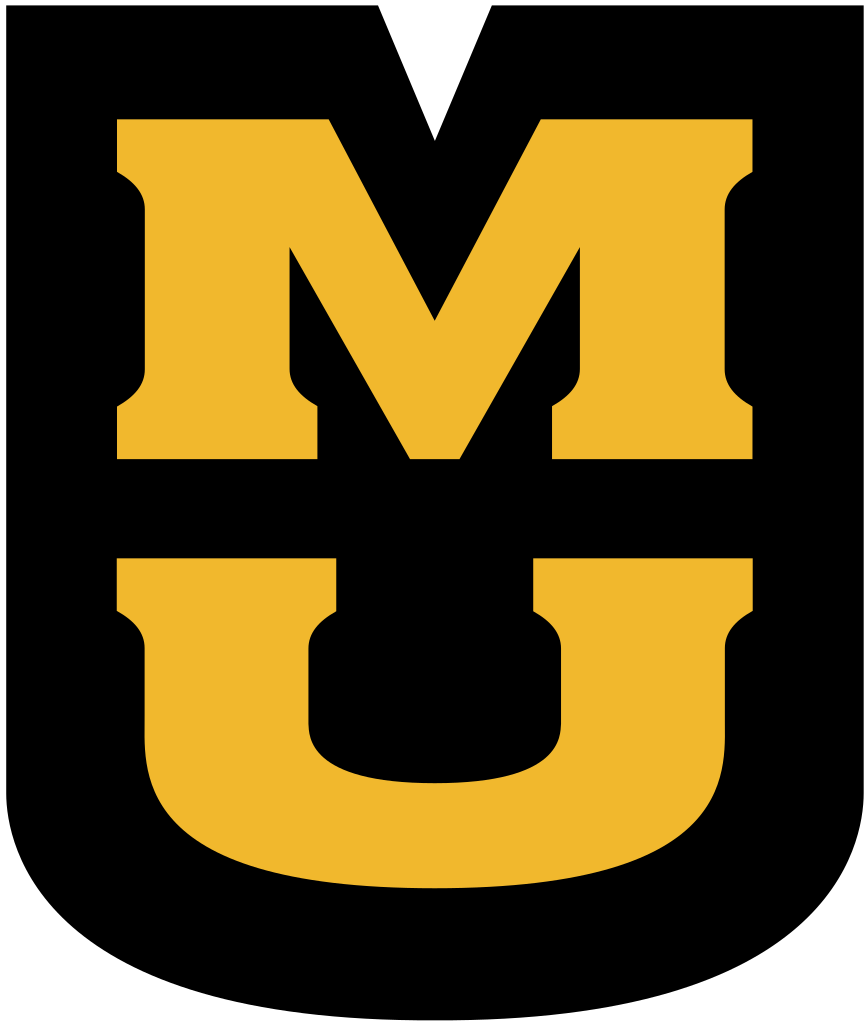 Hosted by the University of
Missouri
Hosted by the University of
Missouri
